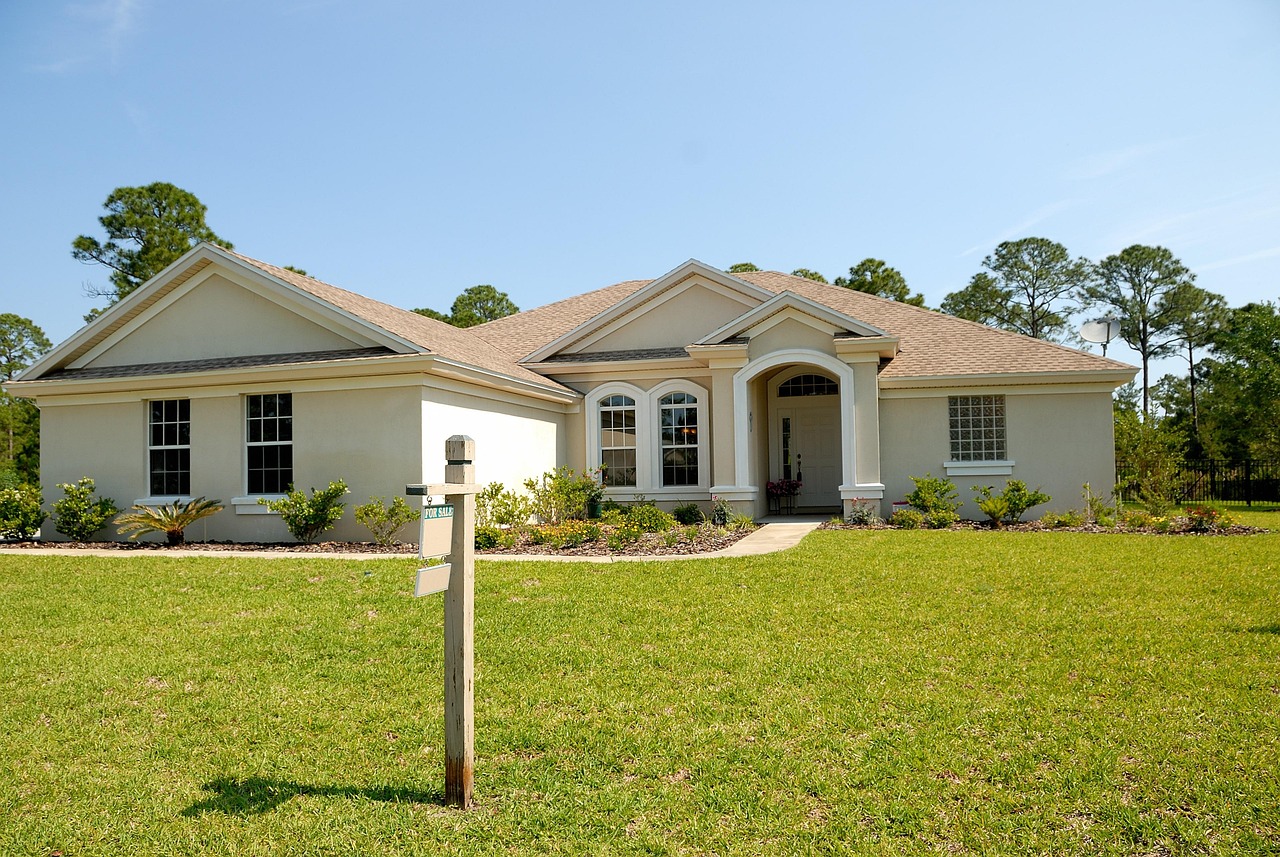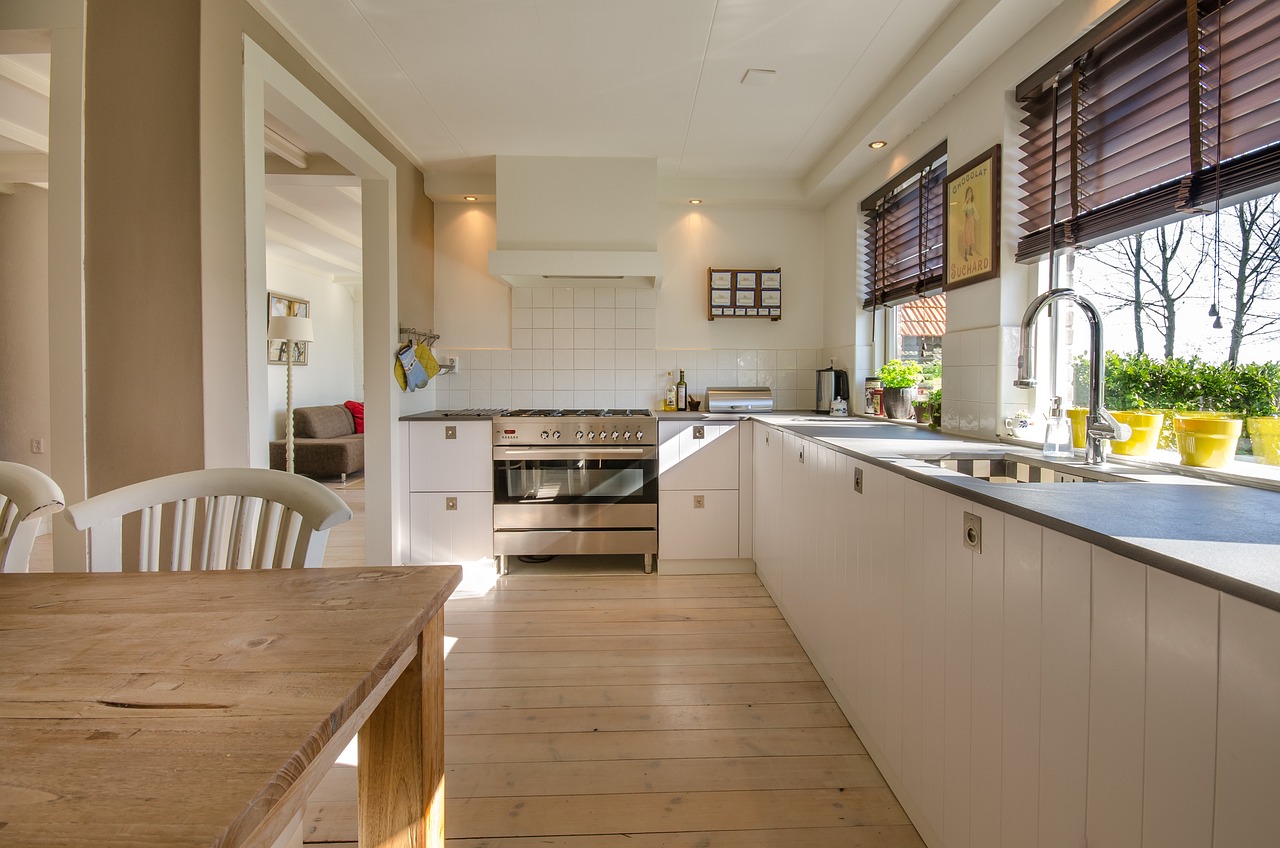Finding reliable home additions near me involves locating experienced contractors who understand your specific needs and local building regulations. Many homeowners seek to expand their living space through various types of additions, such as extra rooms, second stories, or garage conversions. The key to a successful project is partnering with professionals who balance function, design, and cost effectively.
The average cost for a home addition typically ranges from $21,000 to $74,000, but prices vary based on the type of addition and the existing home structure. Local companies often provide full design and build services, ensuring that permits, foundations, and utilities are handled correctly. This helps maintain the home’s integrity while adding valuable space.
Choosing a reputable contractor with proven expertise protects the investment and ensures the addition complements the home’s style and practicality. Homeowners can compare reviews and quotes from nearby professionals to find trustworthy options that fit their goals and budget.
Types of Home Additions Near Me
Home additions come in various forms tailored to different needs and properties. They range from expanding existing rooms to creating entirely new living spaces. Each option has specific benefits, costs, and construction timeframes.
Room Expansions and Bump-Outs
Room expansions increase a home’s square footage by enlarging existing rooms or adding small extensions, often called bump-outs. These can include enlarging kitchens, living rooms, or bedrooms. The addition usually extends a few feet beyond the current wall, providing extra space without major structural changes.
Bump-outs often cost less than full room additions because they require less foundation work. These projects typically take a few weeks, depending on the size and complexity. They improve functionality by creating more usable space and increasing natural light.
Garage Conversions
Converting a garage into living space is a practical way to expand without building outward. This option suits homeowners who want extra bedrooms, offices, or recreational areas without altering their home’s footprint.
Garage conversions require insulation, flooring upgrades, and sometimes electrical or plumbing changes. Permits may be necessary, especially if the space is turned into a bedroom or bathroom. This method is typically faster and more affordable than traditional additions but may reduce parking space.
Accessory Dwelling Units
Accessory Dwelling Units (ADUs) are separate living spaces on the same property, such as guesthouses or in-law suites. They have independent entrances and full facilities like kitchens and bathrooms.
ADUs offer flexibility for rental income, multi-generational living, or guest accommodations. Zoning laws and property size often influence the feasibility of ADUs. Construction can involve converting existing structures or building new small homes.
Second Story Additions
Adding a second story effectively doubles living space without expanding the footprint. This option suits properties with limited yard space or strict setback rules.
Second story additions involve reinforcing the foundation and potentially relocating plumbing and electrical systems. They require longer construction periods and higher budgets but significantly increase overall square footage. This type of addition often raises property value more than other methods.
How to Choose the Right Local Contractor
Selecting the right contractor requires verifying credentials, understanding past work, and considering feedback from previous clients. These elements together help create a clear picture of the contractor’s reliability and expertise.
Evaluating Experience and Licensing
Experience provides insight into a contractor’s ability to handle various challenges during a home addition. A contractor with several years in the business shows familiarity with common issues and local building codes.
Licensing is mandatory and should match the requirements of the local jurisdiction. It protects homeowners by ensuring the contractor meets minimum standards. Always ask for proof of license and confirm it is current.
Insurance is equally important. Contractors should carry both liability insurance and workers’ compensation. This coverage protects the homeowner from financial risks related to accidents on the job site.
Reading Customer Reviews
Customer reviews offer real-world perspectives on a contractor’s performance. Focus on recent and detailed feedback rather than star ratings alone.
Look for comments about punctuality, communication, adherence to budget, and the quality of work. Consistent complaints about missed deadlines or poor craftsmanship are red flags.
Consider multiple platforms for reviews such as TrustedPros, Homestars, or Google. This broader view reduces bias and gives a more balanced understanding of the contractor’s reputation.
Assessing Portfolio and Previous Projects
Reviewing a contractor’s portfolio helps confirm if their style and quality match the homeowner’s vision. Photos and project descriptions provide evidence of skill and attention to detail.
Ask about projects similar in size and complexity to the planned addition. A contractor whose previous work aligns closely with the intended project is more likely to anticipate challenges and deliver satisfactory results.
Visiting completed projects or speaking directly with past clients can provide further validation of workmanship and professionalism.

